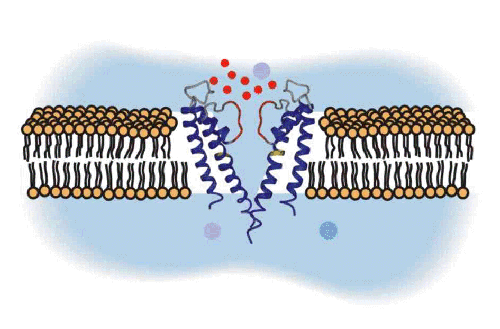Function and Dysfunction of CNG Channels: Insights from Channelopathies and Mouse Models
18-Sep-2007
Mol. Neurobiol., 2007, 35, 266-77 published on 18.09.2007
Molecular Neurobiology, online article
Channels directly gated by cyclic nucleotides (CNG channels) are important cellular switches that mediate influx of Na+ and Ca2+ in response to increases in the intracellular concentration of cAMP and cGMP. In photoreceptors and olfactory receptor neurons, these channels serve as final targets for cGMP and cAMP signaling pathways that are initiated by the absorption of photons and the binding of odorants, respectively. CNG channels have been also found in other types of neurons and in non-excitable cells. However, in most of these cells, the physiological role of CNG channels has yet to be determined. CNG channels have a complex heteromeric structure. The properties of individual subunits that assemble in specific stoichiometries to the native channels have been extensively investigated in heterologous expression systems. Recently, mutations in human CNG channel genes leading to inherited diseases (so-called channelopathies) have been functionally characterized. Moreover, mouse knockout models were generated to define the role of CNG channel proteins in vivo. In this review, we will summarize recent insights into the physiological and patho- physiological role of CNG channel proteins that have emerged from genetic studies in mice and humans.











